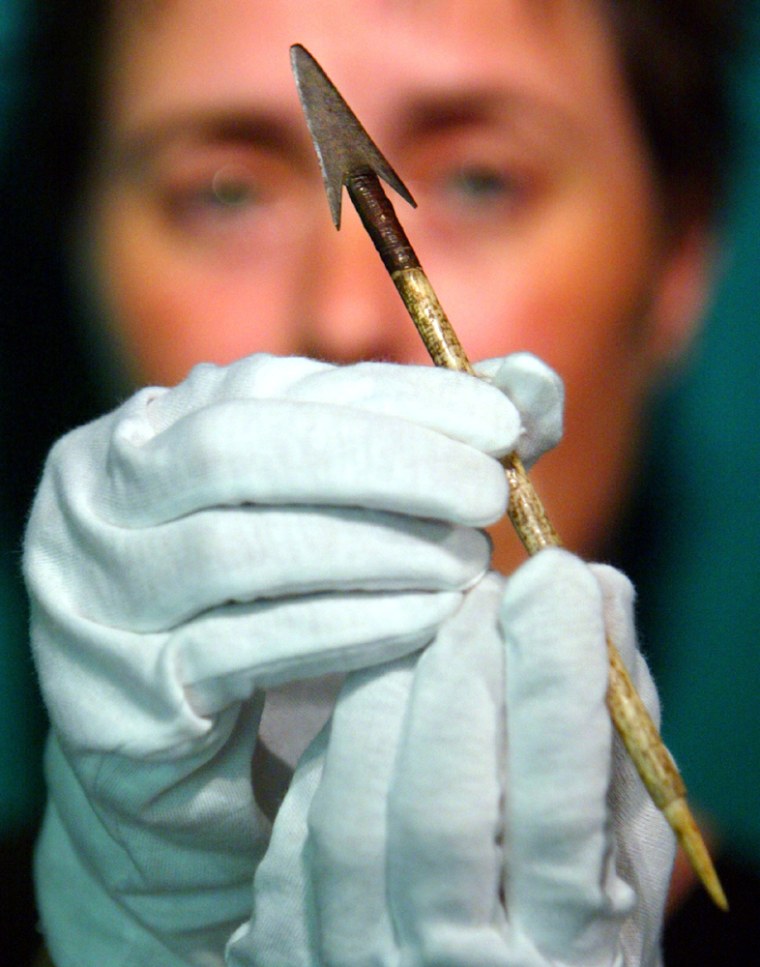It was a great legend while it lasted, but DNA testing has finally ended a century-old story of the Hawaiian arrow carved from the bone of British explorer Captain James Cook who died in the Sandwich Islands in 1779.
“There is no Cook in the Australian Museum,” museum collection manager Jude Philp said Thursday. He said the DNA evidence proved that the arrow was not made from Cook’s bone.
But that will not stop the museum from continuing to display the arrow in its exhibition, “Uncovered: Treasures of the Australian Museum,” which does include a feather cape presented to Cook by Hawaiian King Kalani’opu’u in 1778.
Legend lasted 180 years
Cook was one of Britain’s great explorers and is credited with discovering the “Great South Land,” now Australia, in 1770. He was clubbed to death in the Sandwich Islands, now Hawaii.
The legend of Cook’s arrow began in 1824 when Hawaiian King Kamehameha on his deathbed gave the arrow to William Adams, a London surgeon and relative of Cook’s wife, saying it was made of Cook’s bone after the fatal skirmish with islanders.
In the 1890s the arrow was given to the Australian Museum, and the legend continued until it came face to face with science.
DNA testing by laboratories in Australia and New Zealand revealed the arrow was not made from Cook’s bone but was more likely made of animal antler, said Philp.
Hope endures
However, Cook’s fans refuse to give up hope that one Cook legend will prove true and that part of his remains will still be uncovered, as they say there is evidence not all of Cook’s body was buried at sea in 1779.
“On this occasion technology has won,” Cliff Thornton, president of the Captain Cook Society, said in a statement from Britain. “But I am sure that one of these days ... one of the Cook legends will (prove) to be true, and it will happen one day.”
